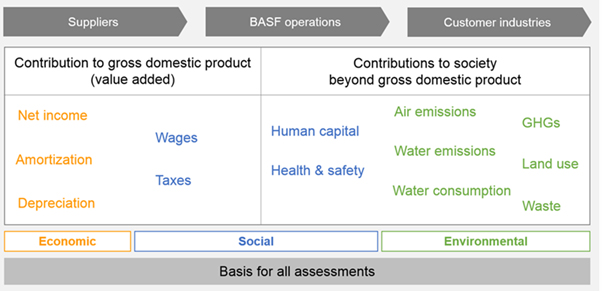It has become increasingly common to see companies reengineering their supply chains to make them “greener,” supporting social and environmental causes through volunteer programs for employees and lobbying on human rights issues in far-flung corners of the globe.
However, as more and more companies and social enterprises try to understand their risks and quantify their ‘value’ in relation to socially, environmentally or economically positive or negative outcomes, the real focus should be on accuracy, transparency, and efficacy.
Interpretations of corporate social responsibility (CSR) are multifaceted and far from uniform and although many companies have well-meaning attitudes towards CSR, improper approaches and reactive investments can actually harm a company’s competitiveness rather than enhance it. This is often because many executives sense that such investments rest on a weak understanding of how CSR creates value, both for their companies and for society. Some investments produce immediate and quantifiable gains, such as those from recycling or utility infrastructure improvements that increase energy efficiency. However, more often than not, most social and environmental investments lack clear, long-term yields and benefits.
Assessing the ‘real’ impact of business activities on society and the environment can be a challenge, but it is one that all businesses need to face to remain competitive and relevant. To begin, start by asking how you as a company define your contribution to society. This goes beyond measuring financial results, KPIs, or the output of business operations. It includes, for example, the benefits of newly created jobs or the intrinsic and associated costs of using natural resources.
It also helps to see how other companies quantify their value. BASF, one of the world’s largest producers and marketers of chemicals and related products developed a methodology to assess the monetary value of their economic, ecological and social impacts. Guided by PwC’s ‘Total Impact Management and Measurement (TIMM)’ framework, BASF built on its key aspects to develop their own approach – ‘Value to Society’.
What are the benefits of Value to Society for BASF and its stakeholders?
The Value to Society approach looks at BASF’s contribution from a broader perspective and provides the company with a comprehensive view of their impacts and influence, measuring impact directly and indirectly along the value chain.
These insights support strategic decision-making. For example, BASF can calculate the impact to society of a newly constructed production plant by looking at different scenarios. Depending on the location, such an investment would create different results. A new production plant would add value through employment however depending on where its materials are sourced, its construction may turn out to be carbon intensive. Materials produced with renewable energy in a factory in Europe may require more transportation, yielding a higher carbon footprint over a factory in Asia that does not use renewable energy and is locally sourced. Each aspect needs to be carefully considered before the company can truly understand the extent of its activities and impacts over time. For BASF’s stakeholders, this provides a new and tangible way of evaluating their contribution to a sustainable future.
The model that BASF uses to categorize ‘value added’ is divided into three groups:
- Economic: Net income, interests, amortization, and depreciation
- Social: Taxes, wages and benefits, human capital (for own operations only), health and safety
- Environmental: Air pollution, greenhouse gases (GHGs), land use, water use, water pollution, and solid waste.
What has made the Value to Society approach so unique is its robustness.
- For example, when calculating the societal costs of climate change further assessments are included that factor human health, changes in the environment or economic disruptions through extreme weather events.
BASF then calculates monetary value in a universalized way so that each product can be analysed and compared easily, irrespective of its application or use along the value chain – from supplier, operator to customer.
Where is the value for other companies?
Evaluating impact is an invaluable tool that enables companies like BASF to make informed decisions and improve how they operate, where they operate, and how they can make their products and services better or more efficient along their entire value chain. These actions translate into better choices for customers, so that the cars we buy, shampoo we use and buildings we live and work in are better for the environment and for society.
Using the example of BASF’s Value to Society displays how companies can differentiate themselves and commit to making more sustainable and smarter choices and investments. In any industry, this should be a starting point of how a company develops their products and services. It is an effective way to help the concept of sustainability resonate within corporate culture and to drive Board level understanding and prioritization of CSR throughout operations and towards a more responsible bottom line.
This article was taken from here.


